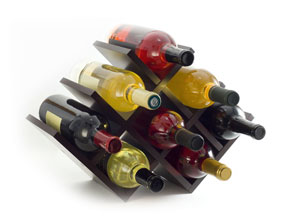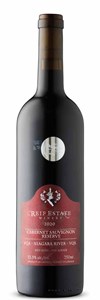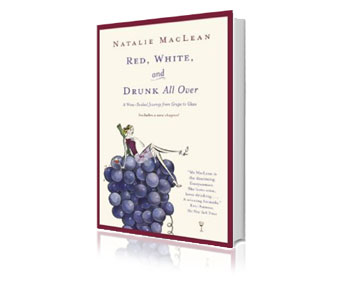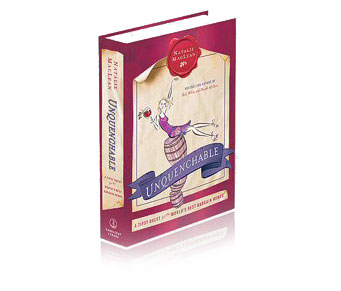Decanting Wine

By Natalie MacLean
What does it mean to decant wine and how do you do it?Pouring wine from its bottle into some other container: a carafe, a decanter, even a water jug.
Make sure the decanter and the mouth of the bottle are clean. To decant a bottle with sediment, first leave it upright for about a day to settle the sediment at the bottom. For the actual pouring process, stand a flashlight on the table so that it shines upwards—it gives stronger light than the classic lit candle. Place the decanter beside it and pour the wine so that the light shines through the neck of the bottle. This will allow you to see when the sediment is approaching, so that you can stop pouring then. Discard the dregs left in the bottle. Leave younger wines in the decanter for about an hour or two, and older wines anywhere from fifteen minutes to a half an hour. Taste the wine periodically to see how it’s opening up. If you decide that the wine has peaked, but the guests aren’t due for a while, drape a cloth over the top of the decanter to slow aeration.Why decant wine?Wines are decanted to get rid of sediment, the organic matter that naturally precipitates from the wine as it matures. The wines that throw the most sediment are mature, full-bodied red wines and vintage port. The second reason to decant is to let the wine breathe so that it helps to warm up a wine that’s too cold, soften any harsh tannins and open up its aromatics. This is especially true of rough-and-not-ready reds, particularly young, full-bodied ones: cabernet sauvignon, zinfandel, brunello, barolo, bordeaux, rioja, shiraz, syrah and Northern Rhone wines.
Should some wines not be decanted?Even decanting hardliners admit that some wines just aren’t made for airing out. Delicate red wines, such as pinot noir, aren’t usually decanted because their subtle aromas can quickly dissipate. The same goes for zesty whites, such as rieslings and sauvignon blanc: they can lose their crisp, refreshing edge. Others are borderline: full-bodied whites, such as oaky chardonnays and some sweet wines, may benefit from decanting, depending on the style you like.
Which types of decanters are best?You need a decanter large enough to hold the contents of a standard bottle, with some room at the top to allow the wine to breathe. Decanters that maximize the wine-to-air surface ratio are best for young wines, while those with narrow necks that reduce air exposure are better for older wines that just need their sediment removed. For a comprehensive list of retailers that sell decanters, glassware and other wine accessories, please
click here.
Reprinted with permission. Please ask permission before copying or using
this material. Comments? Suggestions? If you'd like to receive Natalie's free
e-wine newsletter, sign up at
www.nataliemaclean.com. It's free,
and your e-mail address will be kept confidential.
 Best Books of the Year
Best Books of the Year Best Books of the Year
Best Books of the Year

















